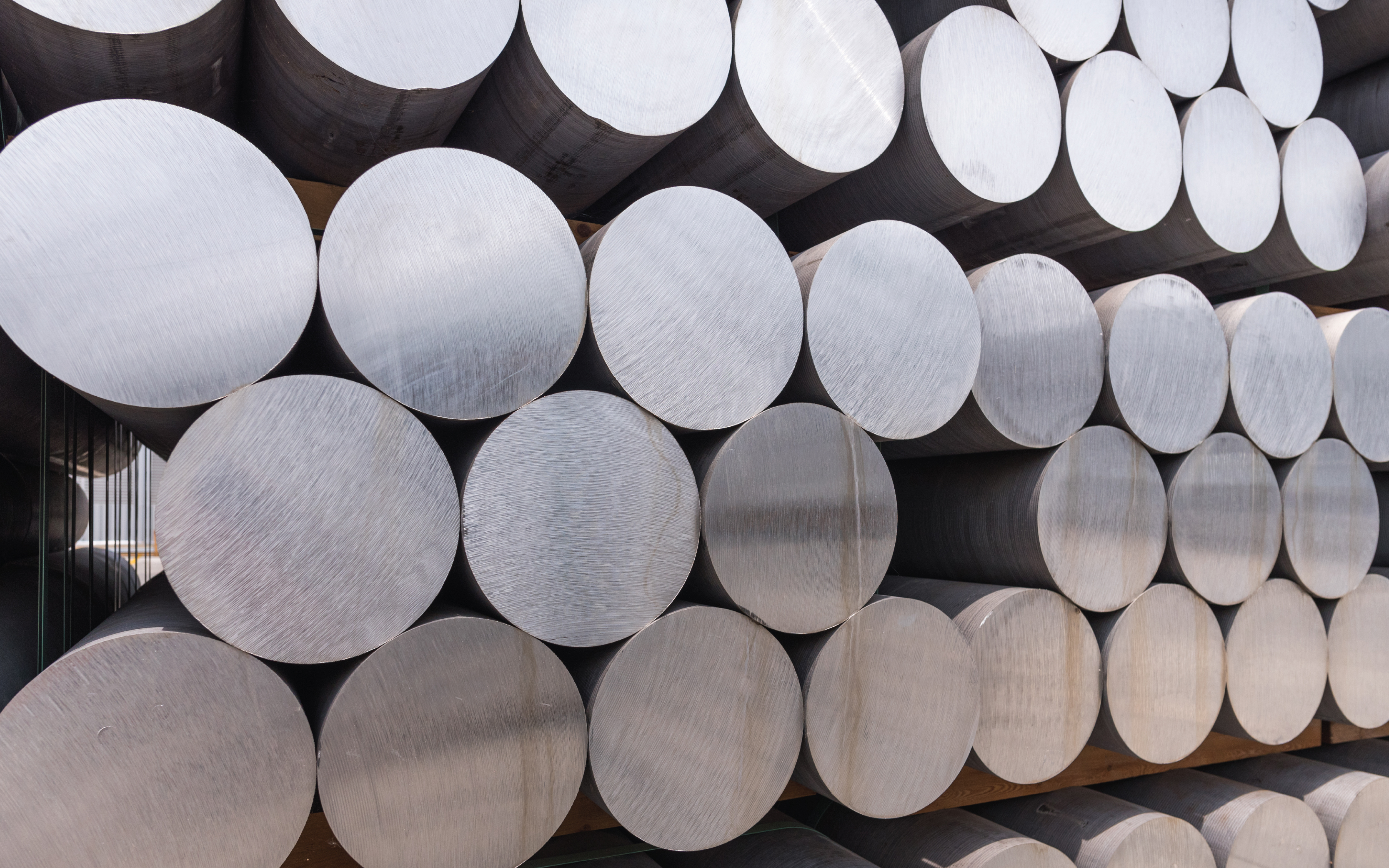Since the first 3D printer prototype emerged in 1981, 3D printing methods have found many exciting applications that range from customised prosthetics to life-sized homes. These techniques adopt a layer-by-layer approach not unlike crafting traditional kuih lapis (layered rice cakes). The similarities don’t stop there; just as an ideal kuih needs to be springy, yet rigid enough to stay in shape, an ideal 3D-printed material needs to carefully balance strength and ductility.
Those two features are especially critical in metal alloys meant for heavy-duty use in aircraft and cars, but there’s often a trade-off between them. “Making a material stronger usually makes it less flexible,” said Sharon Nai, a Senior Principal Scientist at the A*STAR Singapore Institute of Manufacturing Technology (A*STAR SIMTech).
Together with collaborators from the A*STAR Institute of High Performance Computing (A*STAR IHPC) and Nanyang Technological University, Singapore, Nai and A*STAR SIMTech colleagues are exploring different processing methods to tune the microstructural features of a modified aluminium alloy based on Al6061, aiming for its optimal use in additive manufacturing (AM)—3D printing at an industrial scale. Al6xxx series aluminium alloys such as Al6061 are widely used in high-value industries such as semiconductors and aerospace, which are strategically important sectors in Singapore’s advanced manufacturing landscape.
However, Al6061 parts built by AM tend to have cracks. One current solution is to add nucleation agents like scandium and zirconium, which form ultrafine grains within an alloy’s microstructure during printing. Previous studies reported that the formation of such grains, instead of long columnar ones, can help prevent cracks and strengthen the material. Yet when stretched and bent, these mixed microstructures deform in an unstable pattern, forming localised stretch marks known as Lüders bands.
“Even though Lüders bands are sometimes helpful for strengthening materials, we’ve found they have a negative effect in AM-produced Al6xxx alloys,” said Zhiheng Hu, an A*STAR SIMTech Senior Scientist.
In a recent study, Nai, Hu and colleagues tested a modified strategy: making the grains larger, which created both soft and hard regions within Al6061. They began by changing the alloy’s composition so that nucleation agents would naturally form at the start of solidification, helping to eliminate cracks. The alloy was then subjected to a high-temperature T6 heat treatment to induce grain growth while retaining some ultrafine grains, which made the material deform more evenly and significantly reduced Lüders band formation.
“This process enables faster, more flexible and more efficient AM of complex, lightweight and high-performance parts that are difficult or impossible to make using traditional methods,” said Nai.
The team has since patented their material and production process with Japan-based company Proterial. They are also amid plans to develop more robust and reliable AM processes, and extend their work to other advanced alloys like Al7075.
“To accelerate this effort, we invite collaboration with industry end users through the A*STAR Additive Innovation Centre (AIC),” said Nai. “We’re keen to co-develop applications, validate materials and qualify parts with industry partners to help bring next-generation materials from the lab to practical use.”
The A*STAR-affiliated researchers contributing to this research are from the A*STAR Singapore Institute of Manufacturing Technology (A*STAR SIMTech) and the A*STAR Institute of High Performance Computing (A*STAR IHPC).







